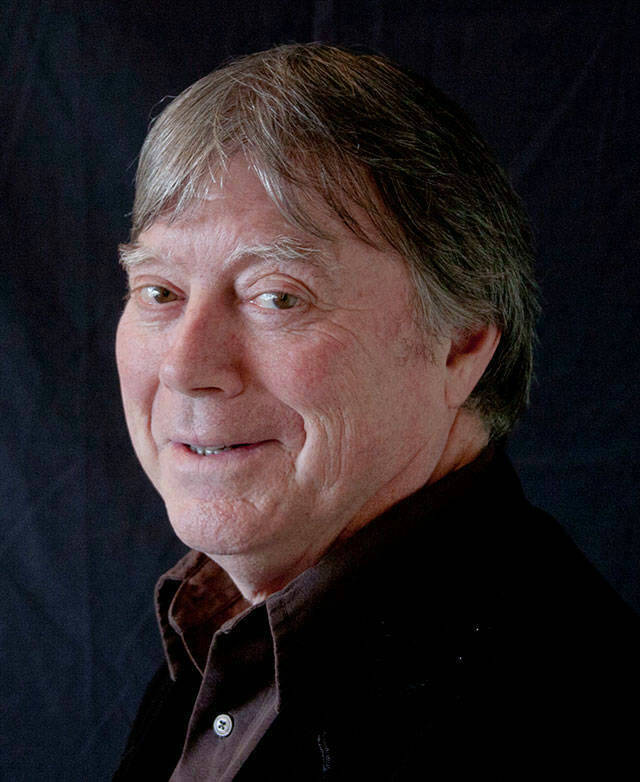In modern cultures, the brain is celebrated as the seat of intelligence, the interpreter of the senses and the controller of behavior.
Yet, ancient people were more intrigued with the heart as the source of life and seat of the soul.
The soul connected each person to the heart of nature and to the otherworld of imagination and endless creation. The heart was considered to be the dwelling place of our spirit for life as well as the place of deep emotions and archetypal memory.
Beyond being a physical organ, the heart is a metaphorical place of great depth and wisdom. To truly know something we must come to “know it by heart.” To grasp the truth we must get to “the heart of the matter.” To express love means to speak “from the bottom of my heart.”
We change our minds all the time, but genuine transformation requires a true change of heart.
The uniqueness of each soul born involves a “heart within the heart” that has its own sense of purpose and direction. It has foresight as well as insights and is subject to dreams and visions that transcend common experience.
In that sense, the heart was said to harbor a second set of eyes. Whereas our physical eyes open to the world soon after birth, the inner eyes can remain mostly closed and concealed within us until something awakens us more fully and truly opens our eyes. The inner eyes of the heart open us to psychological and spiritual capacities that are also part of the inheritance of the human soul.
We belong to two worlds and require two sets of eyes to awaken to our inner nature and find genuine paths with heart.
“It is a terrible thing to see and have no vision,” warned Helen Keller after years of working in the field of blindness. “Whoever remains narrow of vision cannot be big of heart,” was the way that ancient Chinese sages saw it.
“I wanted to feel, smell, hear and see, but not with my eyes and my mind only. I wanted to see with cante ista, the eye of the heart,” said the Lakota healer and visionary leader Lame Deer.
As the seat of imagination, the eyes of the heart can see what the brain cannot comprehend and perceive what logic cannot grasp.
We are living amidst a crisis of imagination in which a majority of people fail to see the interconnectedness of all of life and fail to find the inner vision of their own hearts and soul. The tragic conditions of the current world are truly heartbreaking. Yet, it is also true that it takes some heartbreak to open the heart within the heart.
Whatever breaks us down can also break us open and initiate us into a greater knowledge of ourselves and of the living world.
Seen through the eyes of the heart, the exact wounds we carry turn out to be openings to a greater imagination and deeper understanding of who we are intended to be in life.
“You have to keep breaking your heart until it opens,” was the advice of Rumi, that great poet of the heart. Unless we let go of fixed ideas, rigid attitudes and received beliefs there is no room for the spirit of life to enter or for our deeper sense of love to awaken.
True turning points in life threaten our familiar ways of being on one level, yet can open the doors of perception on other levels. When the world around us is in great turmoil and old forms collapse, we have the opportunity to see the world with new eyes. Not simply adjusting our view of things, but learning to see the world as we are intended to see it and awaken to the true aim and original vision of our heart and soul.
At this critical time on earth, the world needs genuine vision as well as great imagination to initiate meaningful changes in all areas of culture and nature.
Changing our mutual fate requires a greater way of seeing, a deeper way of being. We must become open-hearted as well as open-minded.
A genuine transformation, that renews life from within, requires not simply that we change our minds or change directions, but that we undergo a true change of heart.
— Michael Meade is the founder and director of the nonprofit Mosaic Multicultural Foundation and creator of the “Living Myth” podcast. Meade will host a free online event, “Gratitude and Grace,” from 6 to 7:30 p.m. Thursday, Nov. 17. To register and find out more about Meade’s work, visit mosaicvoices.org.



